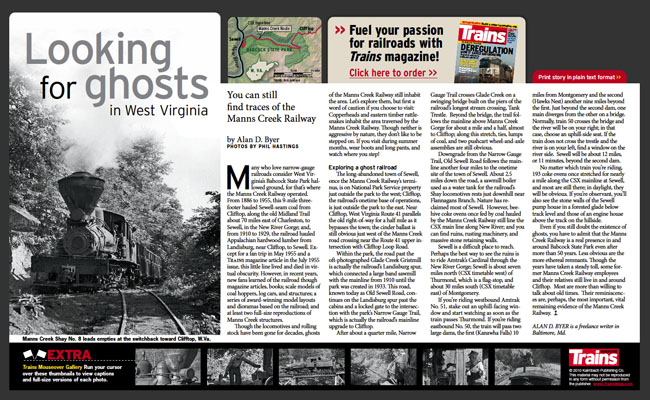
Click the image to download this interactive PDF. Many who love narrow-gauge railroads consider West Virginia’s Babcock State Park hallowed ground, for that’s where the Mann’s Creek Railway operated. From 1886 to 1955, this 9-mile threefooter hauled Sewell-seam coal from Clifftop, along the old Midland Trail about 70 miles east of Charleston, to Sewell, in […]
Read More…
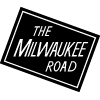
Trains Magazine’s September 2010 “Map of the Month: Milwaukee Road Growth” maps the expansion of the Chicago, Milwaukee, St. Paul & Pacific Railroad, from a 20-mile line linking Milwaukee and Waukesha, Wis. (respectively, Trains’ past and current hometown) into a 10,733-mile transcontinental system over a scant 100 years. Any map charting this kind of expansion […]
Read More…
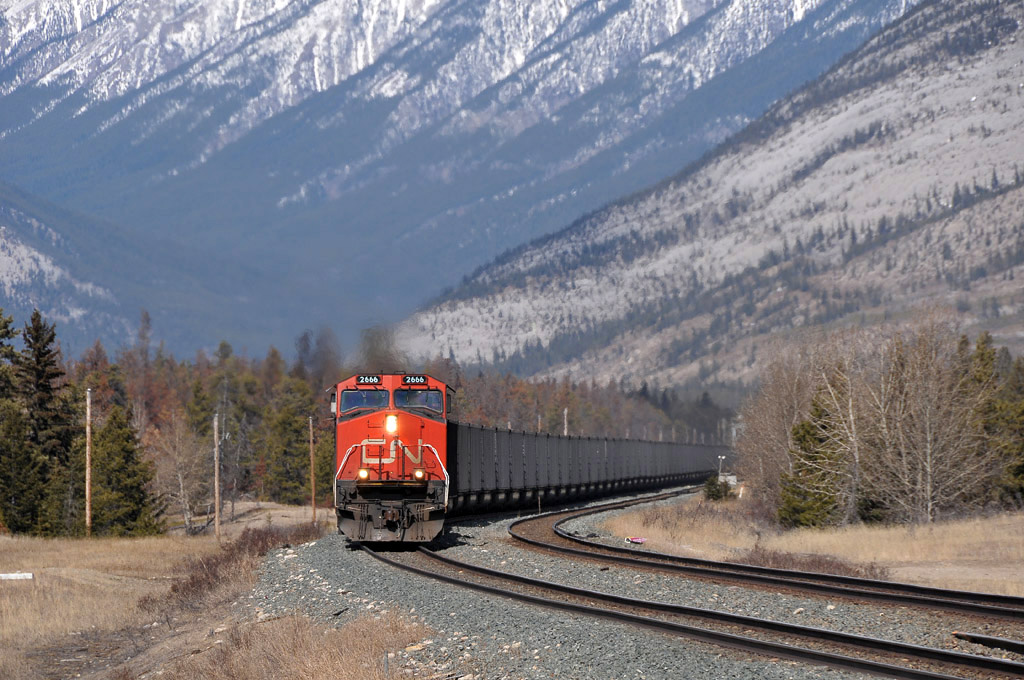
Canadian National coal train C77951 (Winniandy, Alta., to Vancover, B.C.) thunders through Jasper, Alta., on April 6, 2009. Both CN and competitor Canadian Pacific move high-grade metallurgical coal from western Canadian mines to the Vancover-area port of Roberts Bank for export. Tim Stevens photo […]
Read More…
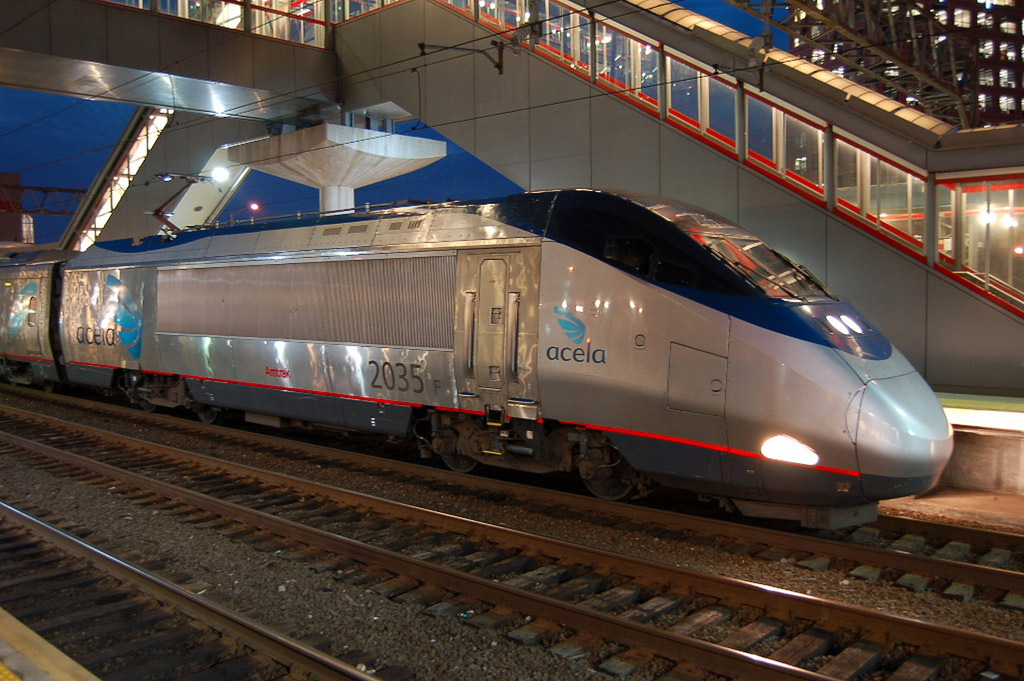
Acela power car No. 2035 visits Stamford, Conn., on a February 2006 day. Amtrak introduced the high speed Acela trainsets to its Boston-Washington Northeast Corridor in 2000. Peter Cudsen photo […]
Read More…
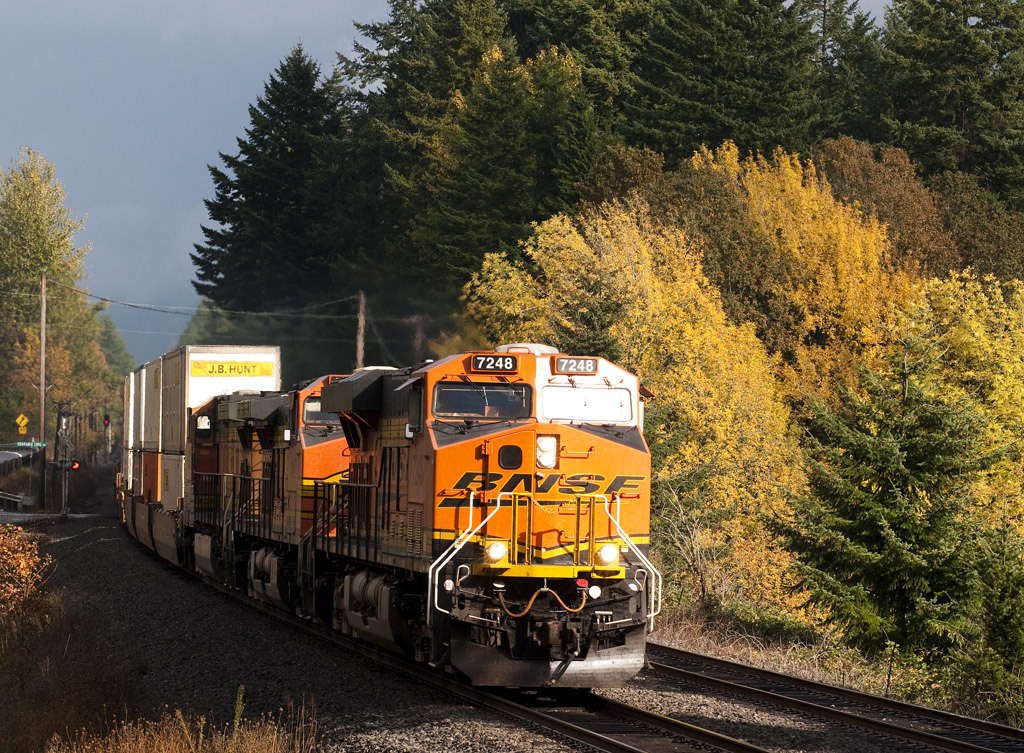
BNSF Railway ES44DC 7248 leads a westbound intermodal train through the Columbia River Gorge past Skamania, Wash., in the fall of 2009. The lead locomotive was delivered earlier in the year. Ron Burkhard photo […]
Read More…
A supplement to the Classic Trains Online Look Back e-mail newsletter Today, sports teams routinely travel by bus or plane to and from games in other cities. In the 1940’s and ’50’s, they often rode trains, and so did the sportscasters who covered the games. Bob Brooks, veteran broadcaster for the University of Iowa in […]
Read More…
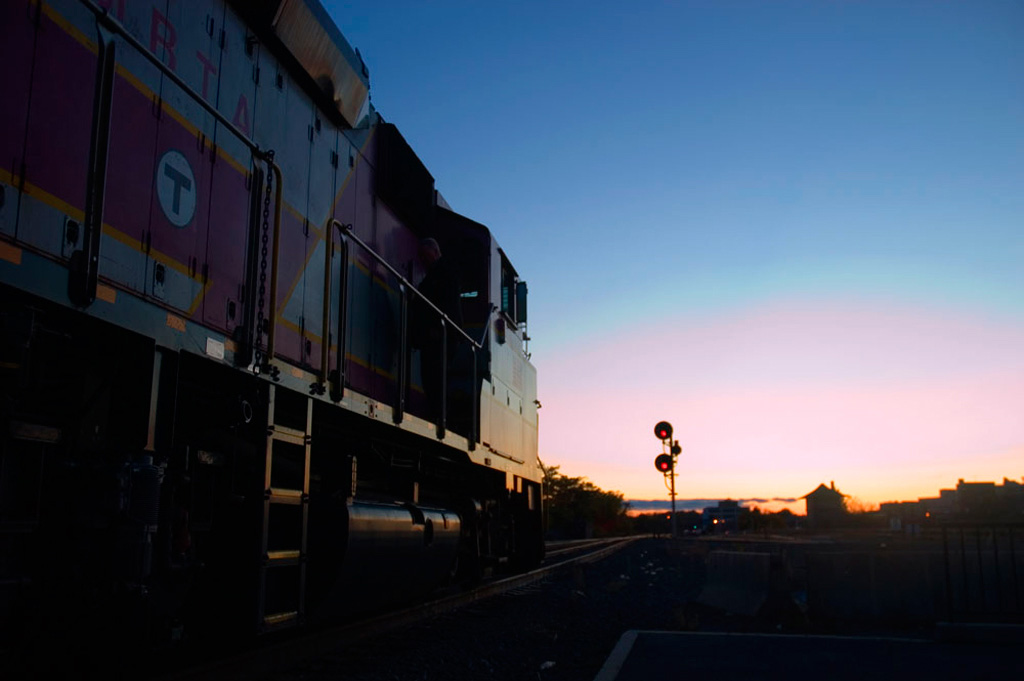
A Massachusetts Bay Transportation Authority train stares down a red signal at Worcester, Mass., the end of the run for Framingham Line trains, at dusk on Oct. 18, 2008. Soon the train will reverse direction and head back to Boston, with the engine pushing. Matt Van Hattem photo […]
Read More…
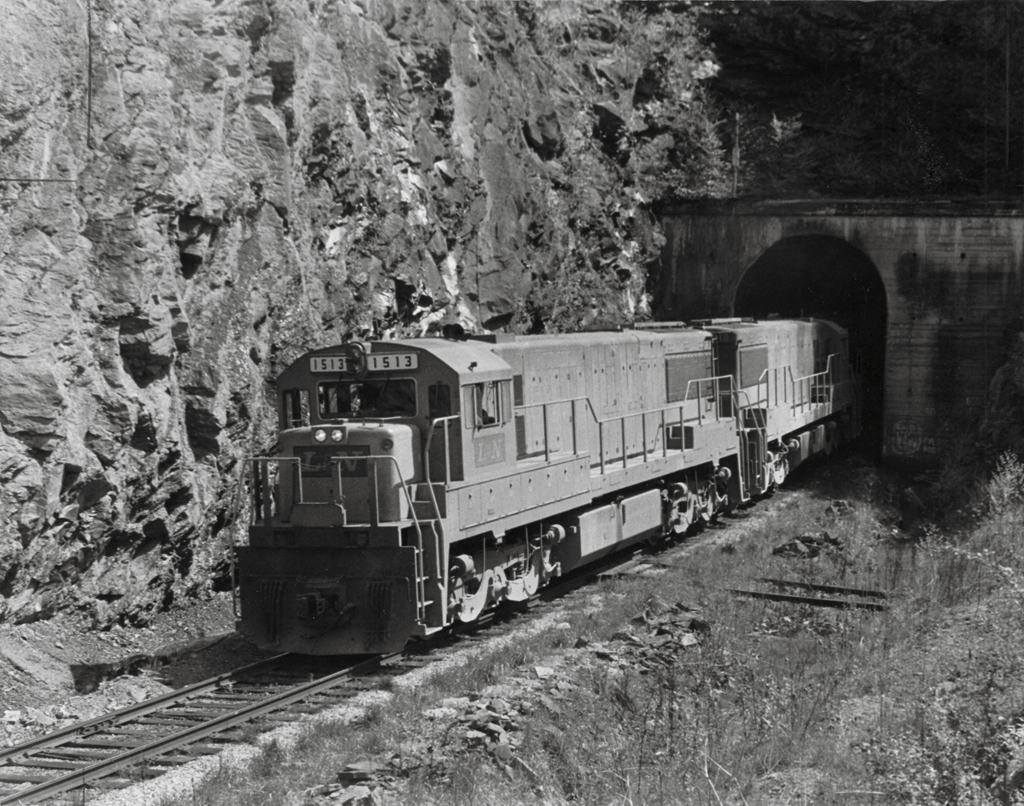
Louisville & Nashville Cumberland Valley fast freight No. 66 leaves the north portal of Hagans Tunnel in May 1966. Three fairly new General Electric U25Cs are on the point of this train, which has just passed through L&N’s longest tunnel at 6,244-feet. Ron Flanary photo […]
Read More…
View the article “Tough Texans of the Bessemer,” by Bert Pennypacker, from the Winter 2000 issue of Classic Trains. The Fall 2010 issue of CT features a study of the 2-10-4 wheel arrangement on all the railroads that operated it.– […]
Read More…
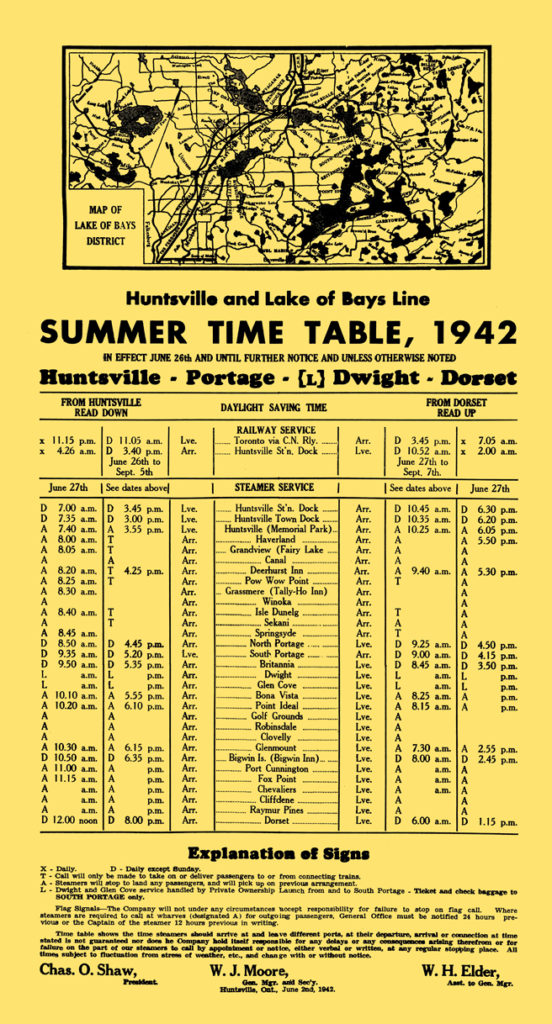
Portage Flyer timetable This 9×17-inch document shows the 1942 summer schedule for the Huntsville & Lake of Bays Transportation Co. steamboat services east from Huntsville, Ont. Note that, although connections with Canadian National mainline trains at Huntsville are shown, there’s no mention of the “Portage Flyer” railway — just arrival and departure times for the […]
Read More…
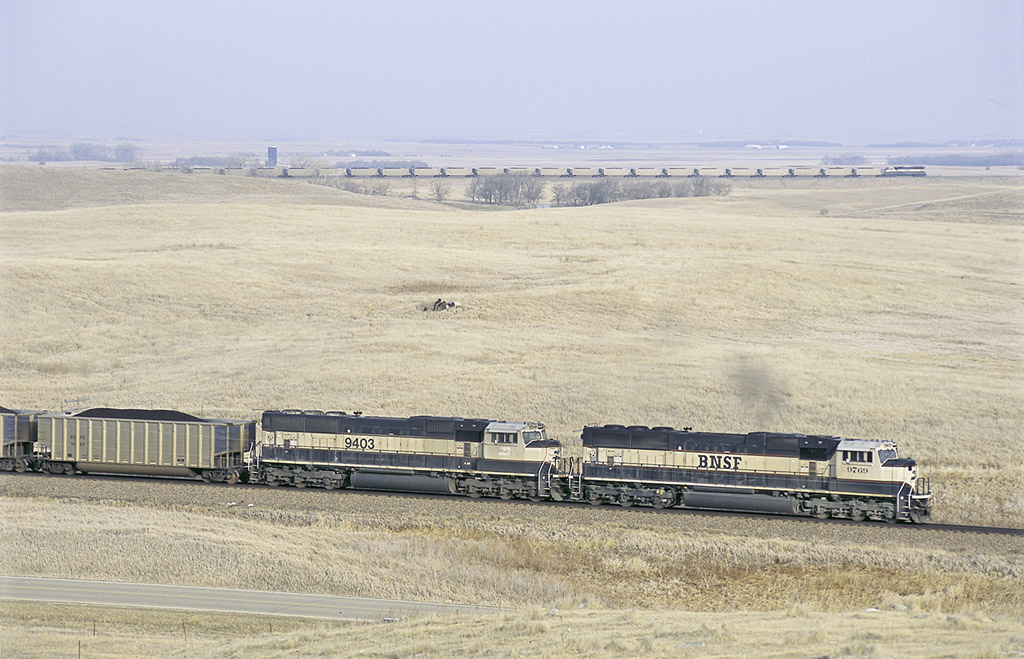
Powder River coal loads bound for Otter Tail Power’s Big Stone City, S.D., plant pass Bristol, S.D., with a 2-by-1 front-rear distributed power setup in April 2003. Andy Cummings Trains magazine told you about distributed power in “Freight Train, Unbounded” by David Lustig in our September 2010 issue. But, what’s the step-by-step process? Find out […]
Read More…
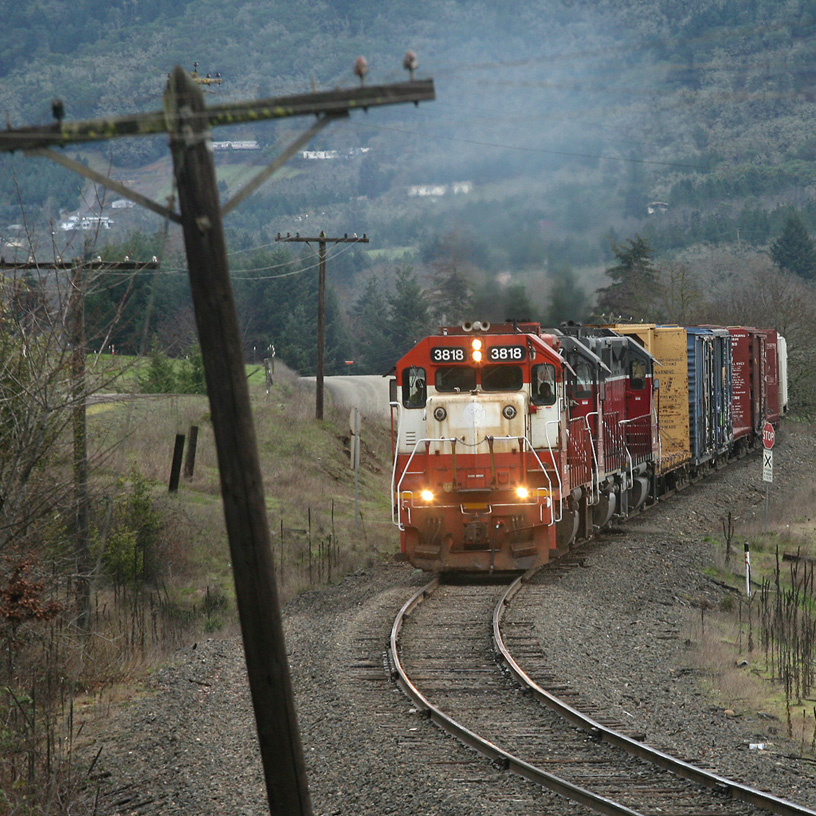
GP38-2 No. 3818 leads Central Oregon & Pacific job No. 503 near Riddle, Ore., on Feb. 8, 2010. From the poles to the jointed rails and wooden ties, to the 3818, to the route itself, everything could vanish soon, due to modernization or abandonment. Scott Lothes Conveyor belts fed by dump trucks load a CSX […]
Read More…










